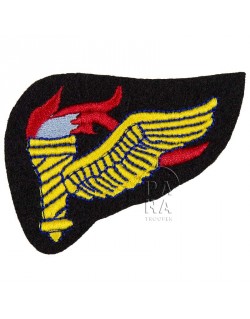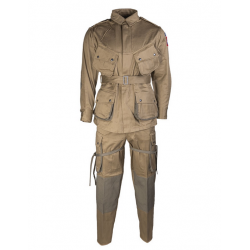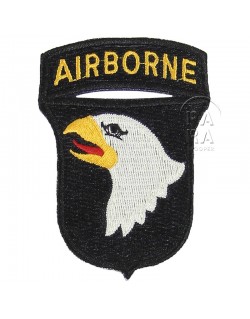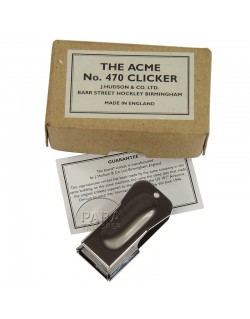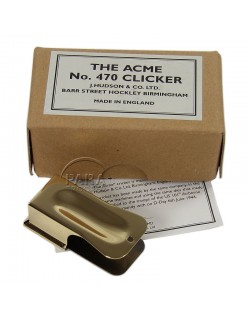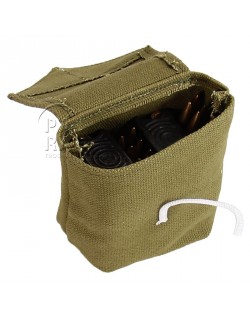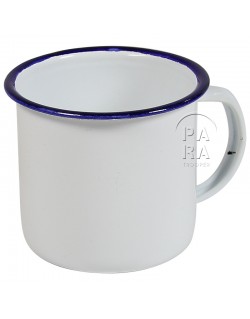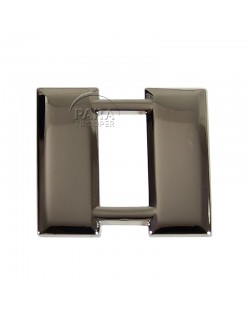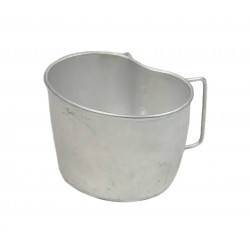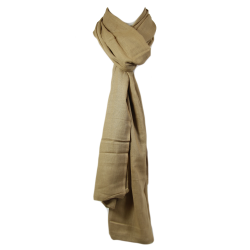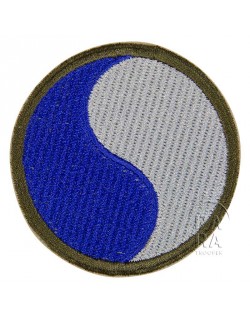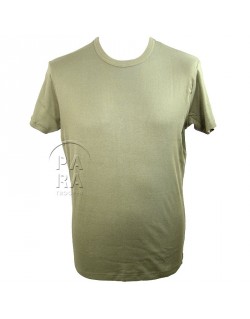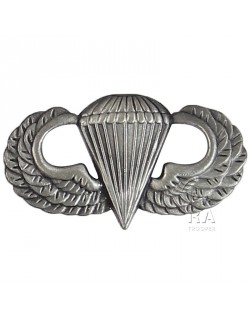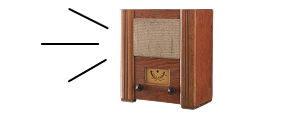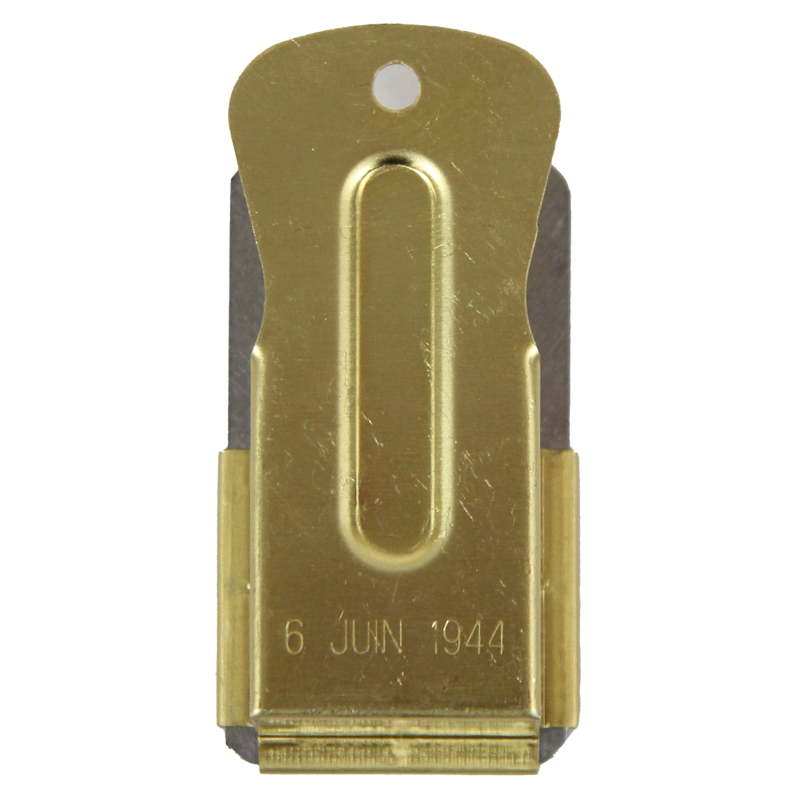





(1 review)
Cricket, US Paratrooper
€3.50
Tax included
Reproduction of the 101st Airborne Division cricket.
Its purpose was to allow airborne troops scattered at night in enemy territory, to identify each other. When squeezed between thumb and forefinger the cricket emits a click amplified by the sound box; a second click is produced when the pressure is released.
The cricket is made up of two parts joined together. One piece is made of brass. The main part shaped in the form of a small box is open toward the back; the second piece is a flat spring with rounded corners and a small hollow in the middle. The top of the cricket has a large howllo formed on the top part shaped to take the pressure of the thumb.
Product Details
seiller







